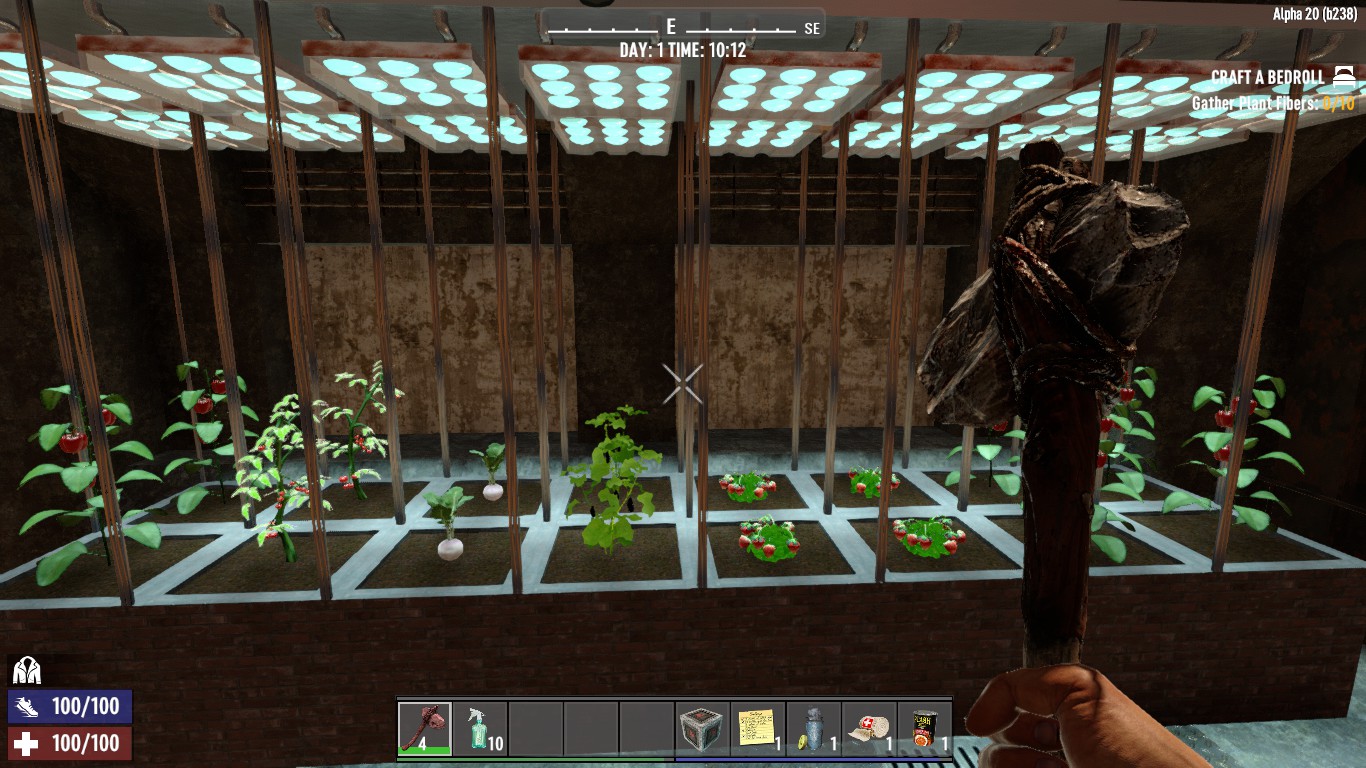

A renowned scholar with the casual manner of a barista at a hip café, van den Ende is a world authority on plant pathology. The name is a deliberate allusion to California’s Silicon Valley, with Wageningen emulating the role of Stanford University in its celebrated merger of academia and entrepreneurship.Įrnst van den Ende, managing director of WUR’s Plant Sciences Group, embodies Food Valley’s blended approach. Widely regarded as the world’s top agricultural research institution, WUR is the nodal point of Food Valley, an expansive cluster of agricultural technology start-ups and experimental farms. The brain trust behind these astounding numbers is centered at Wageningen University & Research (WUR), located 50 miles southeast of Amsterdam. More than a third of all global trade in vegetable seeds originates in the Netherlands.

The Dutch are also the world’s top exporter of potatoes and onions and the second largest exporter of vegetables overall in terms of value. These climate-controlled farms enable a country located a scant thousand miles from the Arctic Circle to be a global leader in exports of a fair-weather fruit: the tomato. They are Holland’s extraordinary greenhouse complexes, some of them covering 175 acres. More than half the nation’s land area is used for agriculture and horticulture.īanks of what appear to be gargantuan mirrors stretch across the countryside, glinting when the sun shines and glowing with eerie interior light when night falls. In the country’s principal farming regions, there’s almost no potato patch, no greenhouse, no hog barn that’s out of sight of skyscrapers, manufacturing plants, or urban sprawl. Seen from the air, the Netherlands resembles no other major food producer-a fragmented patchwork of intensely cultivated fields, most of them tiny by agribusiness standards, punctuated by bustling cities and suburbs. Yet it’s the globe’s number two exporter of food as measured by value, second only to the United States, which has 270 times its landmass. It’s bereft of almost every resource long thought to be necessary for large-scale agriculture. One more reason to marvel: The Netherlands is a small, densely populated country, with more than 1,300 inhabitants per square mile. They’ve almost completely eliminated the use of chemical pesticides on plants in greenhouses, and since 2009 Dutch poultry and livestock producers have cut their use of antibiotics by as much as 60 percent. Almost two decades ago, the Dutch made a national commitment to sustainable agriculture under the rallying cry “Twice as much food using half as many resources.” Since 2000, van den Borne and many of his fellow farmers have reduced dependence on water for key crops by as much as 90 percent. That copious output is made all the more remarkable by the other side of the balance sheet: inputs. Van den Borne’s fields reliably produce more than 20. The global average yield of potatoes per acre is about nine tons. Van den Borne’s production numbers testify to the power of this “precision farming,” as it’s known. In a potato field near the Netherlands’ border with Belgium, Dutch farmer Jacob van den Borne is seated in the cabin of an immense harvester before an instrument panel worthy of the starship Enterprise.įrom his perch 10 feet above the ground, he’s monitoring two drones-a driverless tractor roaming the fields and a quadcopter in the air-that provide detailed readings on soil chemistry, water content, nutrients, and growth, measuring the progress of every plant down to the individual potato. This story appears in the September 2017 issue of National Geographic magazine.


 0 kommentar(er)
0 kommentar(er)
